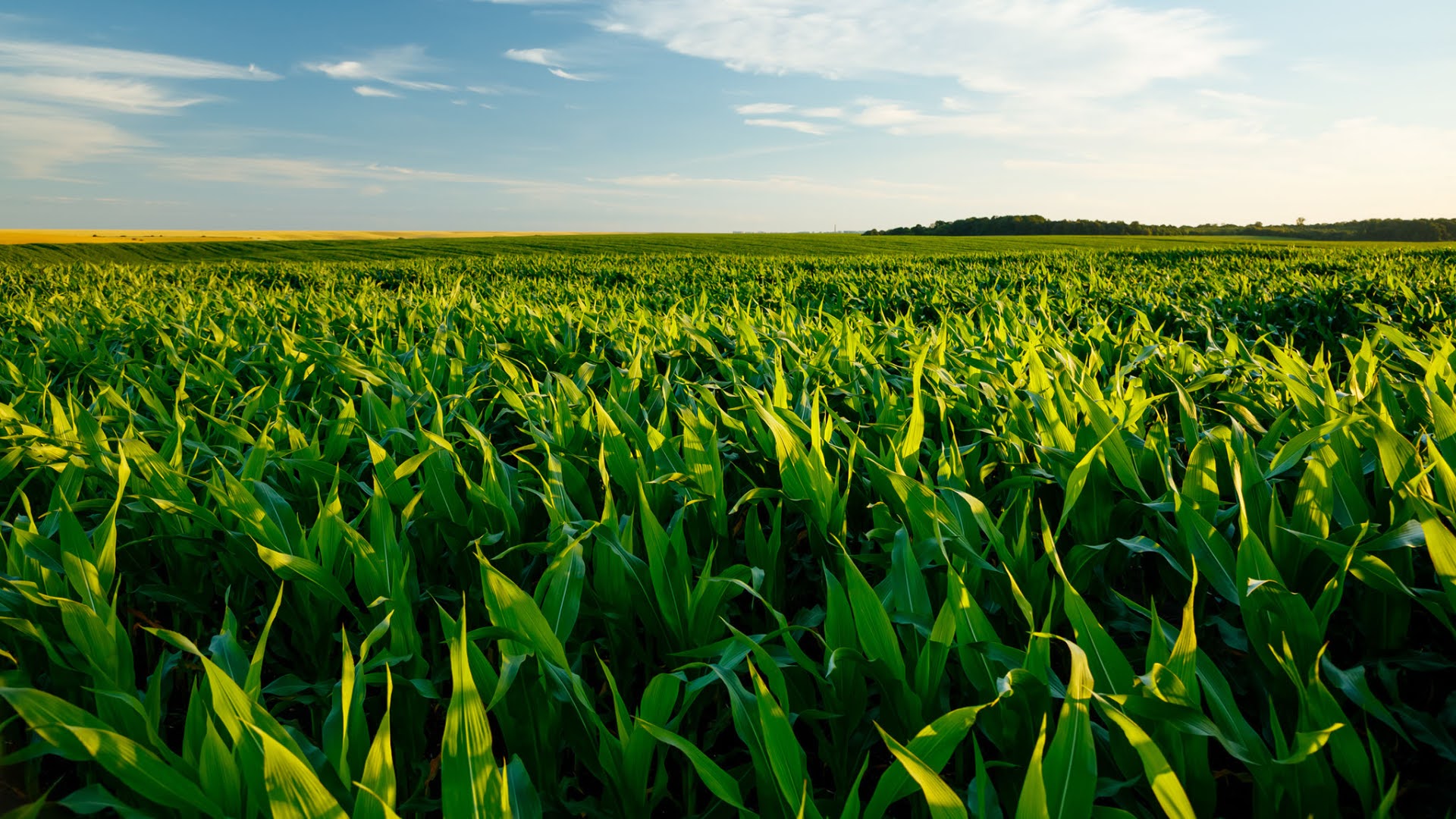Five Things Growers Can Do Now to Prep for 2023

It has already been a long year for growers. Water woes, supply chain slowdowns, and rising inflation have combined to create an epic storm of obstacles — and, unfortunately, we anticipate many of the same issues in 2023. Of course, circumstances could change, but it’s always better to prepare for the worst and hope for the best.
The old axiom “cash is king” is still valid. Growers who wish to thrive in 2023 will need to have a firm grip on their cash flow and prepare a reserve, just in case. These five ideas will help growers find steady footing so they can better adapt to whatever changes the future brings.
1. Get your financials in order
In past years, growers could afford a little lag time when catching up on their books, but those days have passed. We advise growers to look at their financial big picture every week rather than every two or three months. All businesses are different, but in general, growers will want to know and anticipate the following for planning purposes:
- Upcoming big expenses
- Payment dates for this year’s crop and/or payments still flowing in from last year’s harvest
- Labor needs and costs
- Vendor payment terms (for example, are payments due in 15, 30, or 60 days?)
Understanding the ebb and flow of cash through harvest and beyond is where Grimbleby Coleman can help provide clarity. We readily assist ag clients looking to put their financial house in order and prepare for the remainder of 2022 and beyond.
2. Talk to your lender
The best time to speak to a lender is before its services are needed. We suggest growers talk to banks, especially those with whom they have established relationships, as soon as possible. If growers already understand their financial picture and foresee a shortfall sometime in 2022, the time to act is now.
The Federal Reserve has already begun raising interest rates. Rate hikes are a complication, but California growers seeking an operating loan also face changing land valuations. Growers who offer their land as loan collateral may discover their property is not worth as much as it was just a few years ago — especially if the land has less access to water than in the past. In other words, banks might be willing to loan only $800,000 even though they offered $1 million in 2019 or 2020.
When growers understand their lending options, they can make better decisions and plan for the long haul. We advise growers to check in with us before heading to the bank to help ensure that their financial information is up-to-date and ready for a discussion with your lender.
3. Negotiate with your vendors
Vendors may offer some unexpected financial wiggle room. Paying bills at the last minute (yet still within terms) can provide temporary relief when cash is tight. We recommend that clients speak with their vendors to seek leeway for payment terms. Waiting 60 days to pay a vendor bill instead of at 30 days can make a difference, especially during harvest season.
Negotiation works best with major, established vendors with whom the grower has a long-standing relationship. Not all vendors are able to accommodate such requests, but as we tell clients, the worst the vendor can say is “no.”
4. Ask about advance payments
Some larger buyers and processors offer advance payments on a grower’s projected harvest. Arranging advance payments from a buyer or processor is similar to working with a lender; like a bank, the organization will want to evaluate the crop being offered as collateral.
The buyer or processor may charge interest on the advance payment, which could be a drawback. However, working with a buyer or processor is often easier than establishing a new relationship with a bank. This short-term option could be excellent for growers with temporary cash flow issues, offering a bulwark against late payments, which are becoming more frequent as crops sit in ports due to the supply chain crisis.
5. Start tax planning sooner rather than later
It’s great seeing clients during tax season, but it can be crucial to seek guidance as soon as concerns arise. Summer is an excellent time for project planning, such as updating estate plans or developing a long-term tax strategy. Also, consider checking in with your accountant soon after harvest to tackle tax planning and mitigate surprises during tax season and cash shortfalls.
Get in touch
At Grimbleby Coleman, we’ve worked directly with ag clients for more than 40 years. We know the unique challenges and opportunities ag clients in the Central Valley must navigate to be successful. We’re here to help, from accounting services to tax planning to business advisory and succession planning. Call us at (209) 527-4220 to begin your planning for 2023.